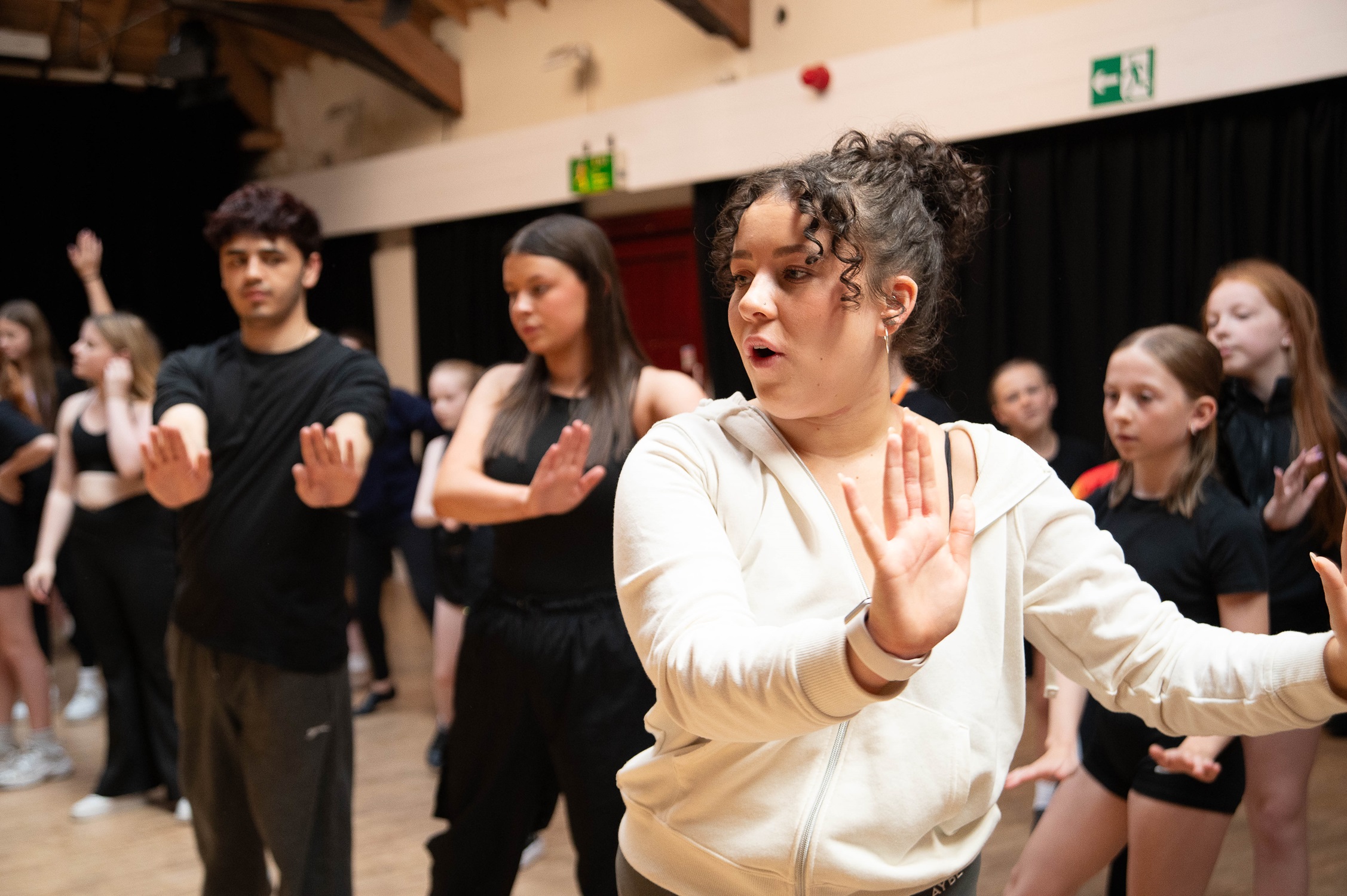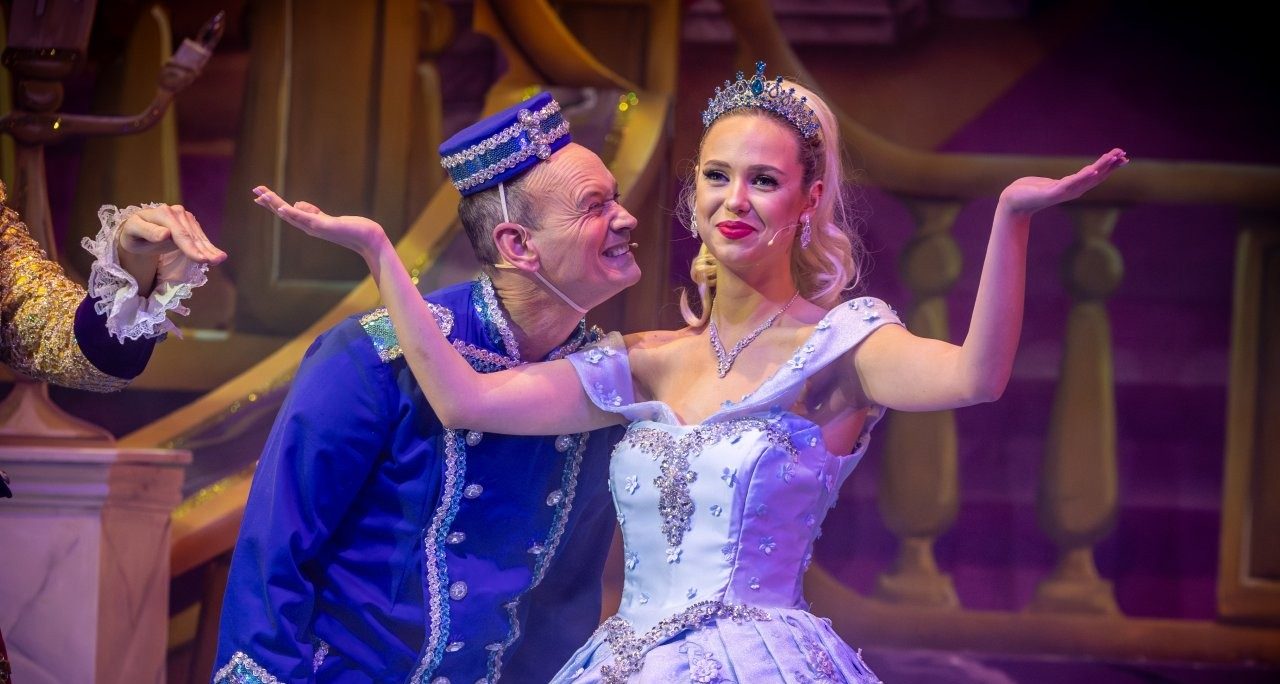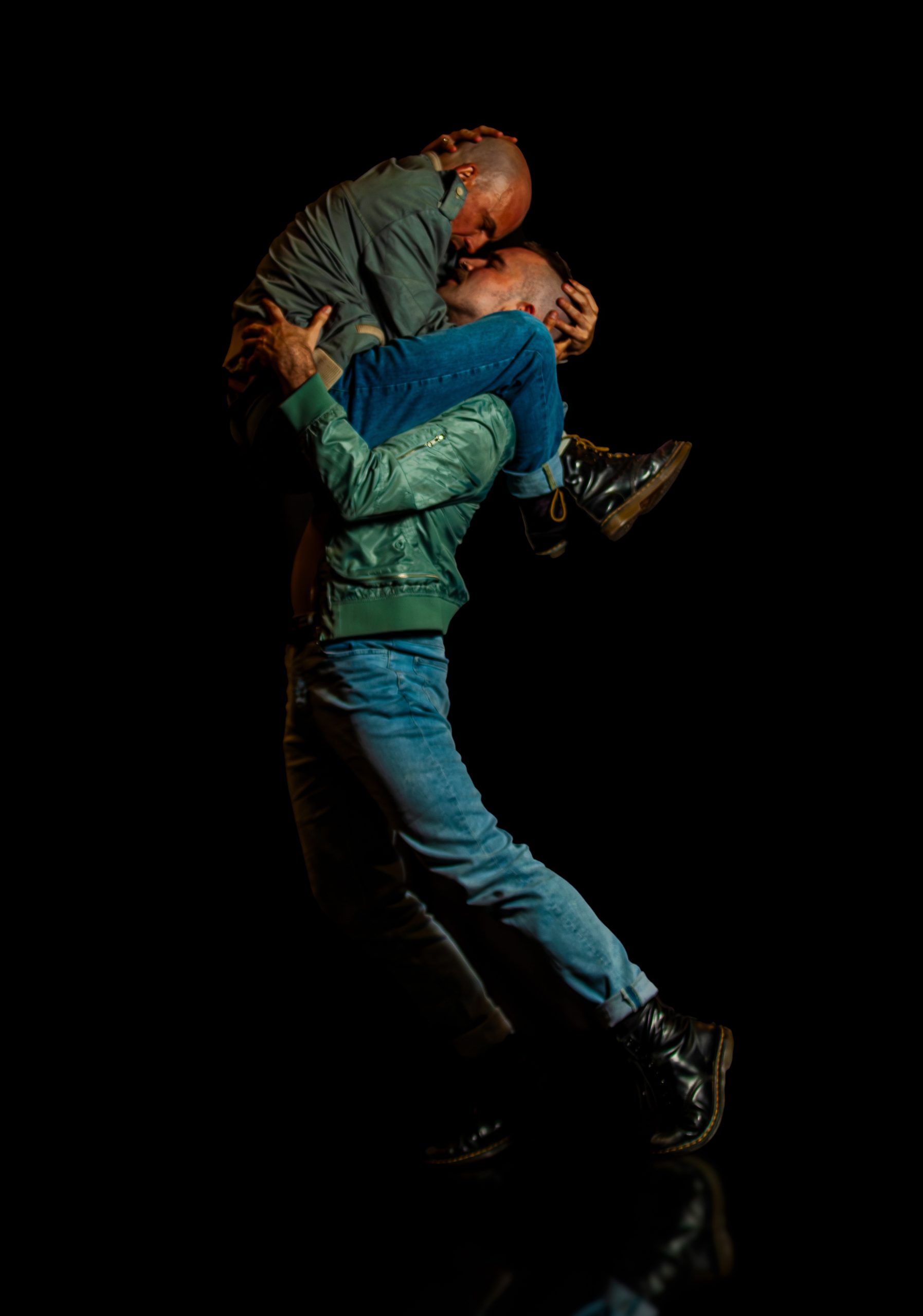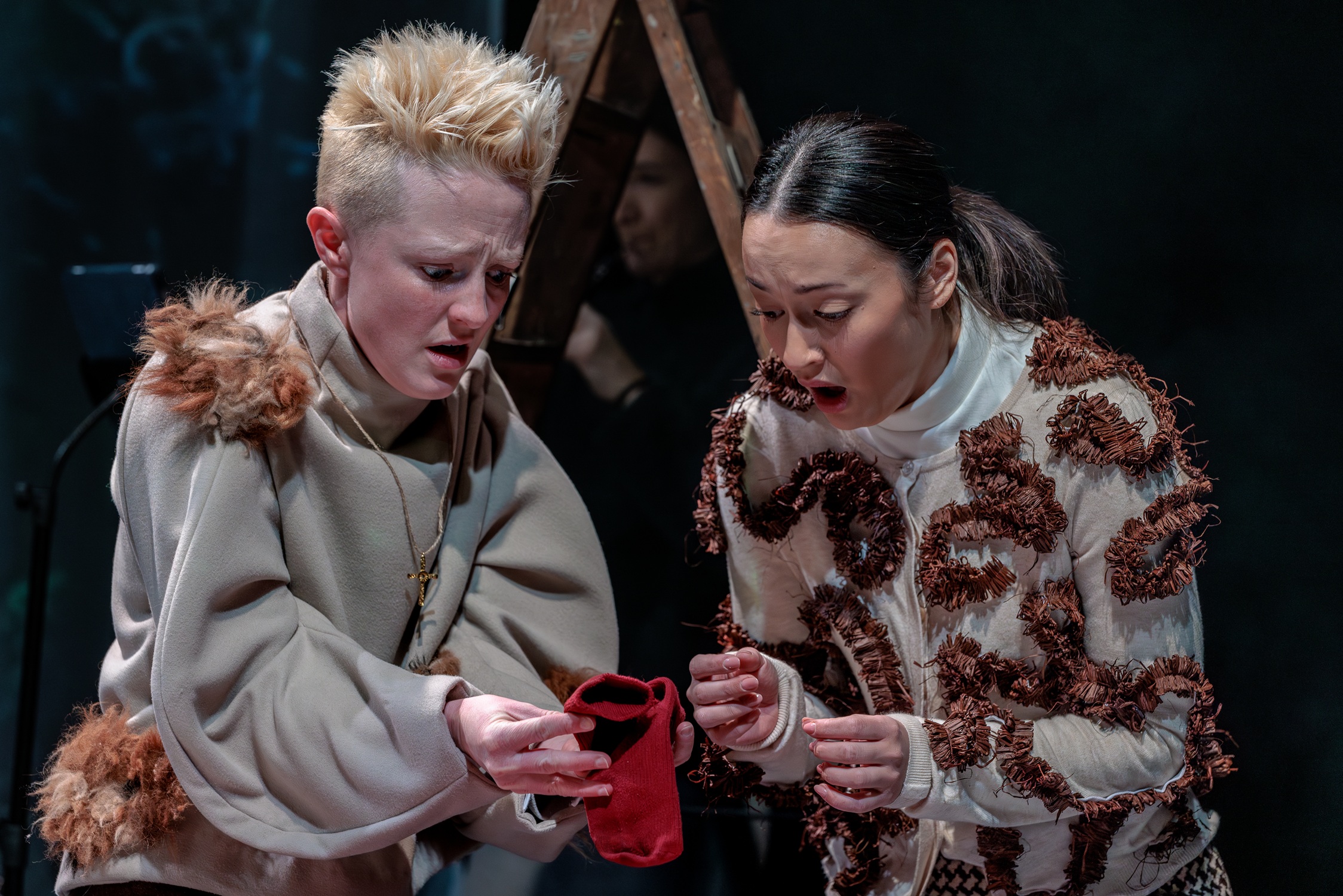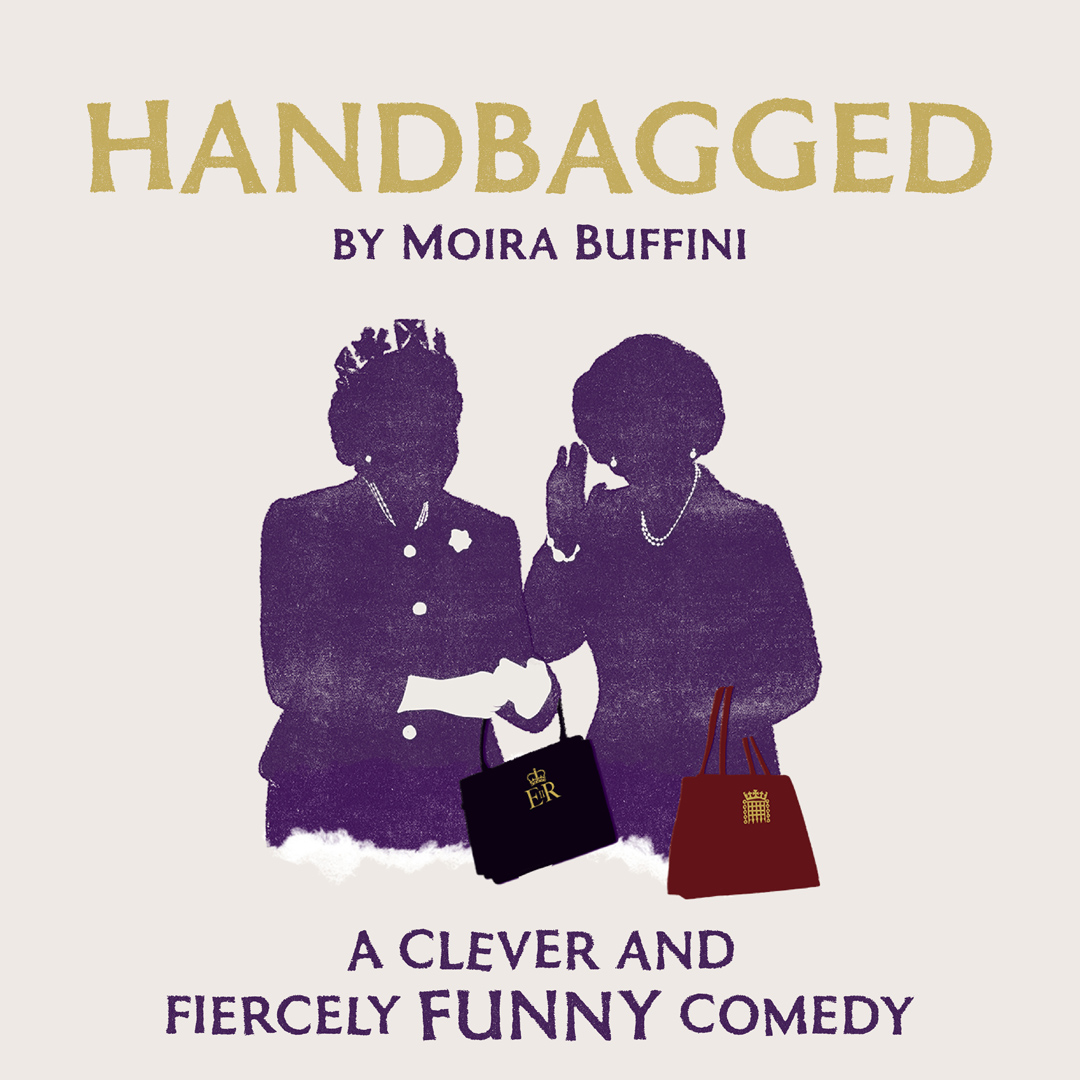The Woman in Black – Why is it so Popular with Schools?
4 min read
Share
The Woman In Black – Why is it so popular with schools? The Woman in Black has been a set text in schools across Britain for many years. Generations of teens have spent hours poring over meaning, feeling its characters come to life and getting to know the ins and outs of the haunting experiences of Arthur Kipps.
Originally a novella, The Woman in Black by Susan Hill was first published in 1983 and begins in that classic storyteller format, with an older character recounting a ghostly experience from his past, on Christmas Eve. The novel was adapted for the stage by Stephen Mallatratt in 1987 and this opened an ever-wider world for pupils studying the text and getting to know its characters and unforgettable plot.
The Woman in Black has endured as popular with schools as a text for over 30 years, but why?
Plot
The enduring tradition of the classic ghost story is captivating for readers of all ages. From a teaching perspective, it gives teachers many discussion points and with many of us developing a keen interest in horror by our teens, it’s a great way of drawing in even reluctant readers. Slow and brooding, the plot of The Woman in Black leaves many unanswered questions, perfect for classroom discussions and providing plenty of opportunity for written tasks including coursework, homework essays and exam-condition essays too. Twists, turns and suspense ensure audiences of all ages are hooked and there is plenty of space for speculation and conjecture when considering the text.
Both Hill and Mallatratt use a carefully crafted sense of place and isolation to heighten the horror and gothic feel of the text. This can be interpreted in a few ways and particularly for a school-age audience, could be viewed as a comment on adolescence and the isolation that comes with becoming one’s own person in the world. These deeper meanings and interpretations provide even more room for discussion and essay questions. The depth of the plot allows for almost infinite interpretations, which are bound to change over generations yet still remain relevant to a modern school-age audience.
Character
The mysterious and sometimes terrifying nature of the title character of The Woman in Black immediately captures interest and compels us to continue with the story and find out who she may be. Arthur Kipps too, is an intriguing character, drawing audiences in and asking them to question the supernatural and their belief (or not) in ghosts. The title character remains intriguing until the very end and readers may question whether she exists at all or if Kipps’ imagination running wild. The scope of interpretation once again makes s thrilling choice for the classroom as pupils weigh up their opinions, utilising the text as evidence. Both Hill and Mallatratt work wonders with a small cast of characters.
Comparing Adaptations
The stage adaptation of The Woman in Black is the second longest-running non-musical play in London history, being pipped to the post by The Mousetrap. This is a testament to the quality of the stage version of Hill’s novella and these are just two of the versions of the story which students can study. The story has also been adapted for film (famously starring Daniel Radcliffe) and television. This provides teachers with a wide range of adaptations to compare and contrast with their classes and gives pupils the chance to engage with different media and find their favourite amongst the bunch.
The stage adaptation of The Woman in Black differs greatly from the original novella, giving pupils, even more, to analyse and discuss. Utilising the play-within-a-play concept, the stage adaptation sees an older Arthur Kipps approaching an actor to tell his haunting story on the stage. This unique approach, supported by a limited set and props, creates a chilling and suspenseful atmosphere. The audience’s imagination is just as important on the stage.
The sheer range of different adaptations and approaches to The Woman in Black makes it an ideal school text as teachers can take on the text in many ways, encouraging their pupils to do the same.
Comparing with Other Texts
Comparing one novel with another is something many of us remember clearly from our school days, fondly or not. The Woman in Black features characteristics of the classic 19th-century gothic novel as well as fitting into the historical fiction genre. Many pupils will remember comparing the text with classics such as Henry James’ 1898 novel The Turn of the Screw. However, it can also be compared to those in the modern gothic genre, from Shirley Jackson’s The Haunting of Hill House to Angela Carter’s The Bloody Chambers. The Woman in Black remains popular and effective as a school text because it can be easily paired with others for comparative work, in addition to comparing the different adaptations of the text itself.
Popular With Schools…
The Woman in Black is enduringly popular, in schools and on the stage. The chilling and pervasive nature of the tale immediately captures the imagination, whether you’re 14 or 40, and so many unanswered questions leave open plenty of room for analysis, opinion and discourse.
The Woman in Black is coming to Blackpool Grand Theatre from 31st October – 4th November 23. Get your tickets today.

